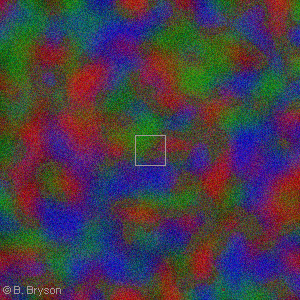More at 100 attometersThe elementary particle zooHow many fundamental particles are there in the Standard Model of high energy physics? There are three 'colors' for each of the six 'flavors' of quarks, for a total of 18. With the three electron-like particles, and the three neutrinos the total is 24. Each of these particles has a corresponding antiparticle, to bring the count to 48. The list also includes the quanta, or force carriers: the photon for the electromagnetic force, eight gluons mediating the strong (color) force, and three intermediate bosons (Z, W+, W-) for the weak interaction. Finally, the Higgs boson (or Higgson) is required by the Standard Model for the unification of the electromagnetic and weak forces. The result is a grand total of 61 elementary particles! An impressive indication of just how effective is the Standard Model: All the elementary particles have been observed in high-energy collisions, with their spins, masses, and other properties determined. The Higgson has recently been added to the list of identified particles. The latest analysis has determined the Higgs to have spin 0 with a mass of about 125 GeV.
Notice that both quarks and leptons exist in 3 distinct sets, called generations. A generation is a set of one of each charge type of quark and lepton. Each generation is heavier than the previous set. All visible matter in the universe is made from the first generation of matter particles -- up and down quarks, and electrons. Second and third generation particles are unstable, decaying into first generation particles. At this point it appears that the quarks are truly analogous to the leptons -- the electrons and neutrinos. If it is determined that the quarks have structure then electrons must also have structure. If you are interested in a more detailed discussion of particle (high-energy) physics, check out the following sources:
|
||||||||||||||||||||||||||||||||||||||
